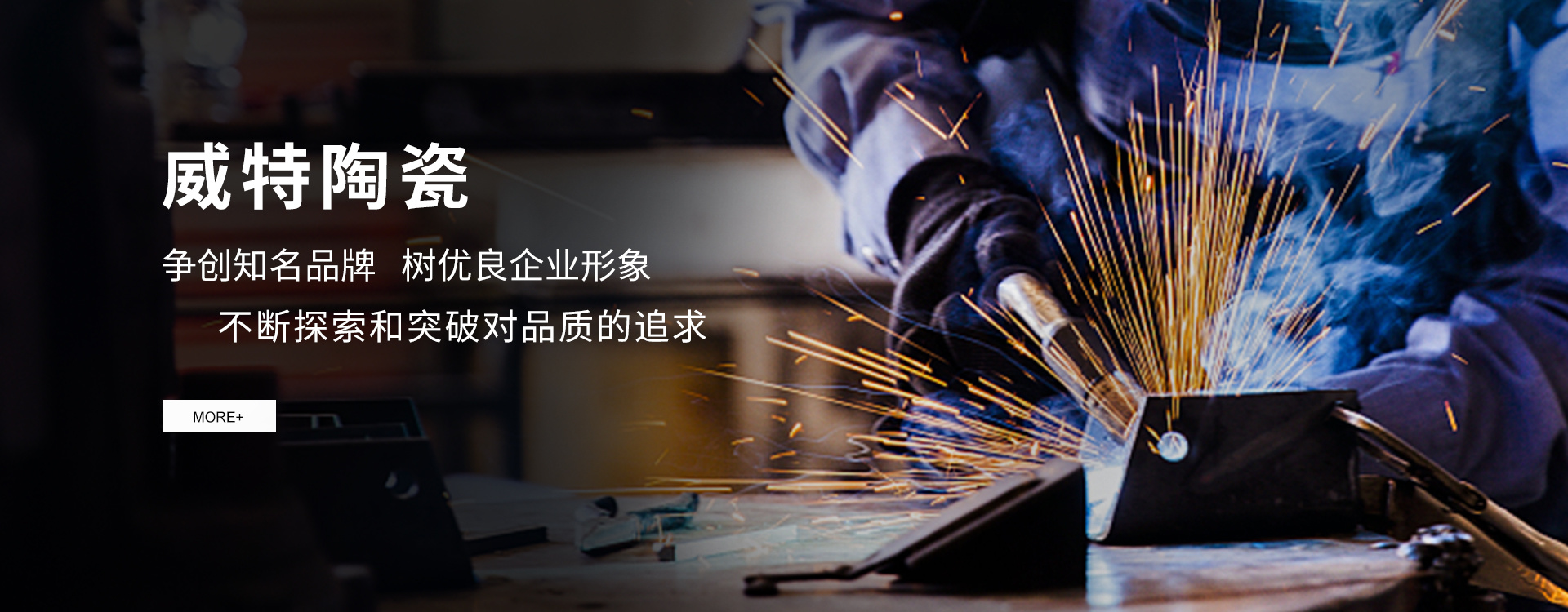
NEWS
Application of special ceramics in the automotive industry
Release time:
2022-08-08
The use of exotic materials to build cars is nothing new for the automotive industry. Some manufacturers have long used materials like carbon fiber, aluminum and magnesium to adorn sleek, high-performance cars. But aren't specialty ceramics used to make fine china and bathroom products? Special ceramics are sintered from inorganic non-metals such as silicon carbide and silicon nitride. Its strength is more than three times that of alumina ceramics, and it can withstand high temperatures above 1000°C. To reduce the fuel consumption of diesel engines by more than 30%, special ceramics are essential. In current gasoline engines, about 78% of the combustion energy is lost in thermal energy and heat transfer. The thermal efficiency of the special ceramic diesel engine is 33%, which is very superior compared with the gasoline engine. However, over 60% of the thermal energy is still lost.

The requirements for automotive sensors are that they can be used for a long time in the harsh environment (high temperature, low temperature, vibration, acceleration, humidity, noise, exhaust gas) unique to automobiles, and should have small size, light weight, good reusability, and wide output range. In recent years, with the advancement of manufacturing technology, the heat resistance, corrosion resistance, wear resistance and potential excellent electromagnetic and optical properties of ceramics have been fully utilized, and sensors made of sensitive ceramic materials can fully meet the above requirements. Require.
Therefore, in order to reduce this part of the loss, the combustion chamber is insulated with ceramic materials with good heat insulation performance, and then the exhaust gas energy is recovered by the exhaust gas turbocharger and the power turbine. Tests have proven that this increases thermal efficiency to 48%. At the same time, due to the use of special ceramics, it is possible to start the diesel engine instantly and quickly. A turbocharger that uses a special ceramic that is more heat-resistant than today's superalloys but only about one-third the specific gravity of a metal turbo. Therefore, the low dynamic response of metal turbines can be compensated by special ceramic turbines.
The cost is high. In the future, the grinding, molding, sintering process and silicon compounding will improve silicon nitride and silicon carbide, and develop silicon nitride ceramics with better performance. Structural ceramic manufacturers believe that aluminum nitride (AlN) ceramics have the characteristics of high melting point, high thermal conductivity, low dielectric constant, corrosion resistance of iron, aluminum and other metals and alloys, and excellent high temperature resistance in special atmospheres. It is an ideal substrate and packaging material for large-scale integrated circuits. Since AlN is a covalent bond, a single sintering aid can reduce the sintering temperature to a certain extent. Composite additives (rare earth metal oxides and alkaline earth metal oxides) are usually used as sintering aids to form a liquid phase to promote sintering and combine with AlN. The oxygen impurity reaction increases the thermal conductivity of AlN.
Zirconia ceramics is a special ceramic product, which is manufactured with high-tech technology and has many characteristics. For example, it has high strength and hardness. Compared with alumina ceramics, its quality is better. Reliable, at the same time the wear resistance of zirconia ceramics is also very good. Everyone knows that ceramic products will inevitably be worn and bumped in daily life. If the quality is not good, it may look old or break, but zirconia ceramics will be very wear resistant. In addition, zirconia ceramics also have phase transformation toughening and microcrack toughening, so they have high strength and toughness, and are called "ceramic steel". Its fracture toughness is the best among all ceramics.
Recommend




